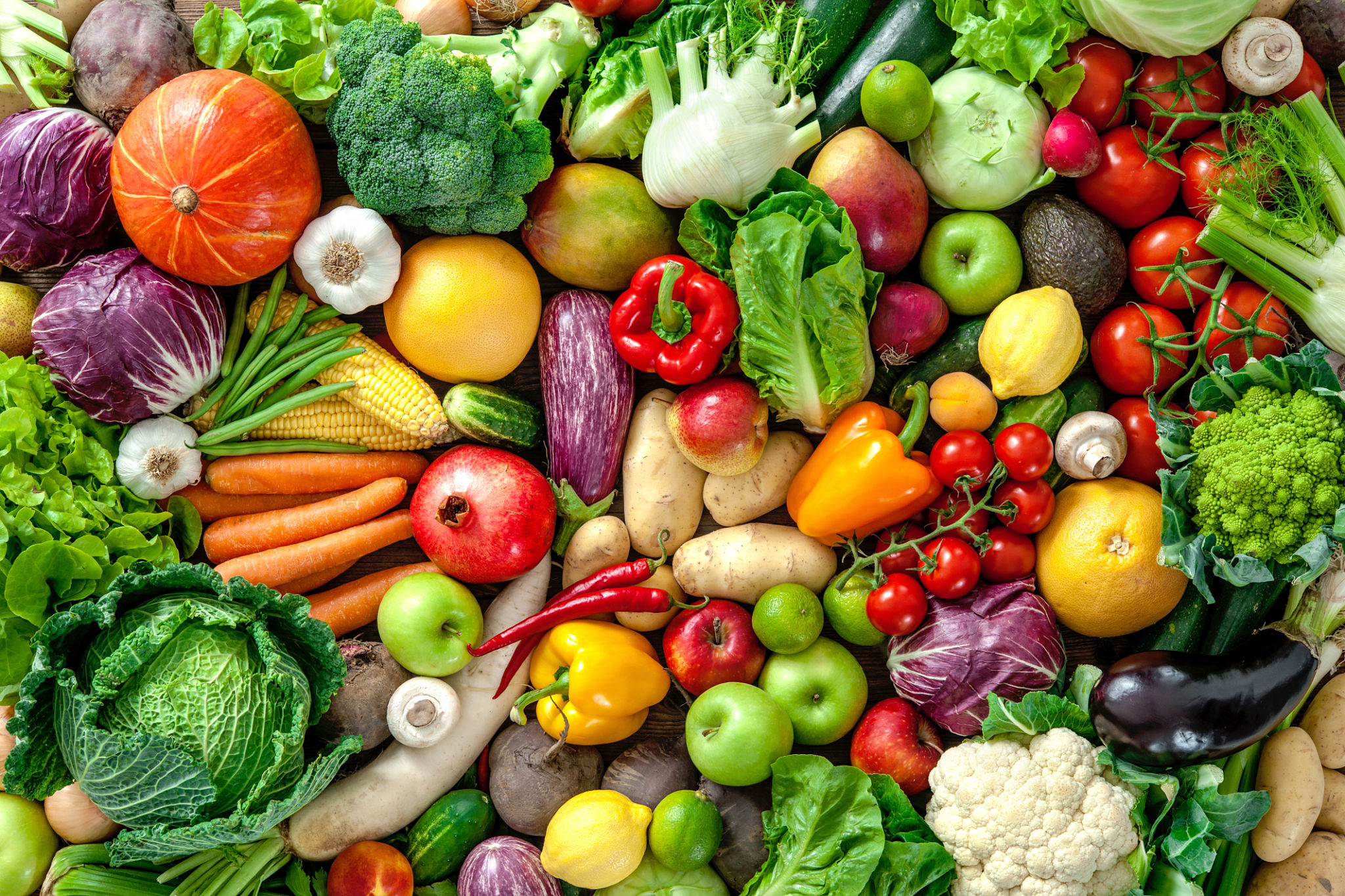How to Prepare Your Farm for the Rainy Season in Indonesia
Understanding the Rainy Season in Indonesia
The rainy season in Indonesia generally spans from November to March, bringing heavy rainfall and often challenging conditions for farmers. Preparing your farm to withstand the wet weather is crucial for preserving crops and ensuring a successful harvest. By taking proactive measures, you can protect your farm from potential damage caused by excessive rain.

Assessing Your Farm's Drainage System
A well-functioning drainage system is vital for preventing waterlogging, which can damage crops and soil. Begin by inspecting existing ditches and channels to ensure they are clear of debris. If necessary, consider digging additional trenches to facilitate better water flow. Regular maintenance of these systems will help in efficiently managing excess water during the rainy season.
Creating Effective Drainage Solutions
To further enhance drainage, you might want to incorporate raised beds or contour farming techniques. These methods can help divert water away from crops, minimizing the risk of flooding. Additionally, installing a series of shallow ditches can provide a quick route for excess water to exit your fields.
Soil Preparation Techniques
Preparing the soil is a fundamental aspect of getting ready for the rainy season. Start by testing your soil to determine its nutrient levels and pH balance. This will guide you in applying the right fertilizers and amendments. It's also beneficial to incorporate organic matter, such as compost or well-rotted manure, to improve soil structure and drainage.

Implementing Mulching Strategies
Mulching is an excellent method to protect your soil during heavy rainfalls. By covering the soil with organic materials like straw or leaves, you can reduce erosion and maintain moisture levels. Mulch also acts as a barrier against nutrient leaching, ensuring that your crops receive essential nutrients throughout the season.
Choosing the Right Crops
Selecting crops that are well-suited to wet conditions can make a significant difference in your farm's productivity. Opt for varieties that are resistant to diseases often associated with damp environments. Researching local crop recommendations can provide insights into which plants thrive during Indonesia's rainy season.

Planting Techniques for Wet Weather
Using appropriate planting methods can further enhance crop survival during the rainy season. Consider spacing plants adequately to allow for air circulation, reducing the likelihood of fungal diseases. Additionally, employing staggered planting dates can help mitigate risks associated with unexpected weather changes.
Maintaining Farm Infrastructure
The structural integrity of your farm buildings and storage facilities is essential during the rainy season. Inspect roofs for leaks and repair any damages promptly. Ensure that storage areas for harvested crops are waterproof and ventilated to prevent spoilage from humidity.
Additionally, check that all farm machinery is well-maintained and protected from potential water damage. Regular servicing and appropriate storage can extend the lifespan of your equipment, saving you time and money in the long run.
Conclusion: Embracing the Rainy Season
By taking these preparatory steps, you can safeguard your farm against the challenges of Indonesia's rainy season. Effective planning and timely action are key to minimizing risks and maximizing your farm's potential. Embrace the season with confidence, knowing that you're equipped to handle whatever nature may throw your way.